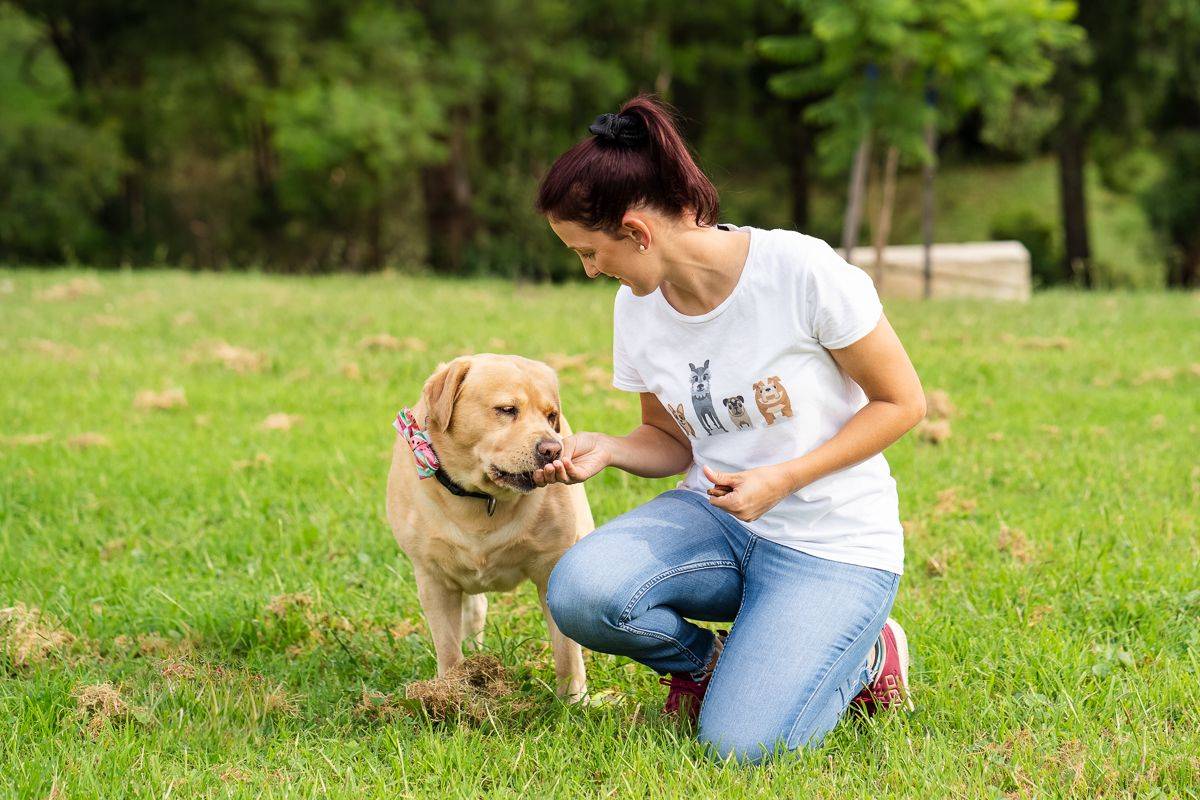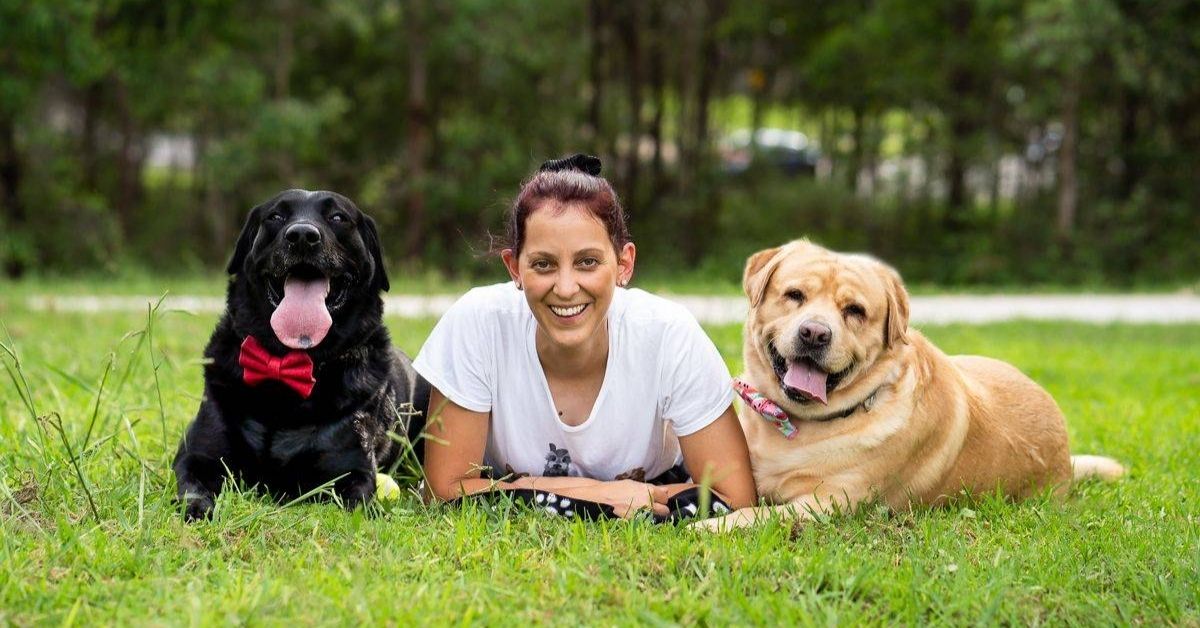By: Zoe Victoria
When the COVID-19 pandemic began shutting down workplaces a year ago, employees discovered the joys of working from home… with pets!
Cats and dogs became substitute colleagues for many workers, making regular appearances on Zoom calls and virtual presentations.
Now, as businesses look towards the future, the possibility of moving from the home back into the workplace is becoming a reality for many. But what does this mean for the furry friends who will be left behind?
Bianca Santucci runs her business Barking with Bianca, offering dog walking, pet sitting and pet training services. She spoke about how the pandemic has affected household pets.
During the initial shutdown period, while most people were enjoying the chance to spend more time with their pets, Ms Santucci said, “I could see that it was a bit strange for the pets”.
She said that the increased amount of time people were spending at home meant that a lot more people were giving attention to their animals.
Ms Santucci added that the effects of lockdown had a noticeable effect on people’s mental health, acknowledging that, amidst the social isolation felt by many, a pet of some sort was a great companion.
“If they didn’t have family or they didn’t have friends,” she said spending time with pets “masked a few of the issues and problems” that people found themselves facing.
As access to a COVID-19 vaccine becomes a possibility, employees are now preparing for a return to physical workplaces. But research conducted by McCrindle found that 38 per cent of people were experiencing more time with their pets and want that to continue.
Ms Santucci has sensed a similar mood in her clients as they consider returning to work.
“Now that things are changing a little bit, any pets, you can sort of sense a separation anxiety,” she said.
Pets that have experienced additional quality time with their owners over the last 12 months might struggle to adjust as life begins to go back to normal.
“Pets of all sorts are trying to get that attention back. And that’s why their behaviour is changing,” she explained.
Ms Santucci said the changes means that a lot of pet owners are going to be thinking ‘Well, what do I do?’
4 tips for caring for your pets post-pandemic

1. Work on separation anxiety
Ms Santucci said separation anxiety could cause behavioural problems in pets. In dogs this could look like digging, barking or chewing behaviours that are unusual for the animal.
Separation anxiety is the first thing that needs to be worked on because it is often caused by feelings of worry, experienced by an owner the pet then picks up on.
2. Look into services to help with the transition
As soon as you recognise separation anxiety in either yourself or your animal, you should begin seeking services that can assist with the transition back to work.
“For example, doggy daycare services and dog-walking services, pet-sitting services as well because if they’re maybe going to work or back overseas, they may need some boarding,” Ms Santucci said.
3. Get in contact with a really good trainer
Trainers can provide information about all sorts of things from separation anxiety to obedience training to adjusting you own behaviours. Working with a trainer can give owners peace of mind that their animal will be as well-adjusted and settled as possible before the transition occurs.
Ms Santucci also reminded owners, “You need to be able to trust your trainers. Some people have to go through three or four trainers before they can find the right one”.
4. Stay calm
They key to helping your pet re-adjust as life changes, yet again, is to remain calm.
Ms Santucci said pets are brilliant at perceiving their owners’ feelings.
“If you’re scared, then the pet is scared,” she said.
When they pick up on those negative emotions, additional behavioural issues come into play. To avoid making the transition more difficult for the animals, owners should model calm behaviour throughout the training process.
Article supplied with thanks to Hope Media.
Feature image: Supplied from barkingwithbianca.com

